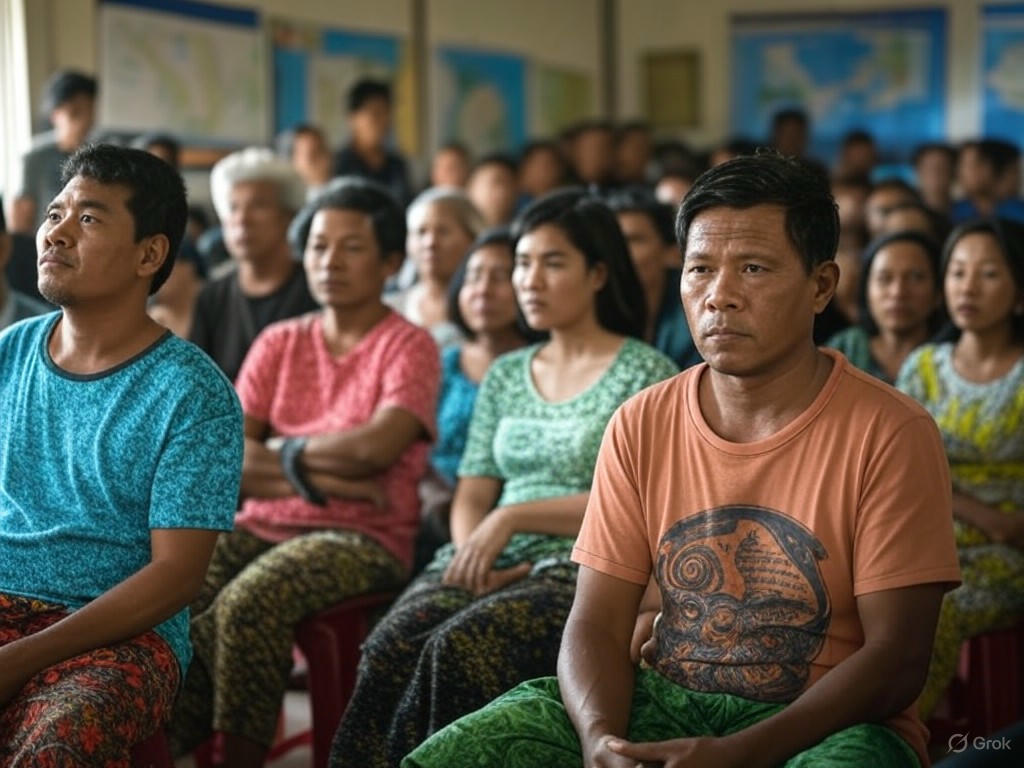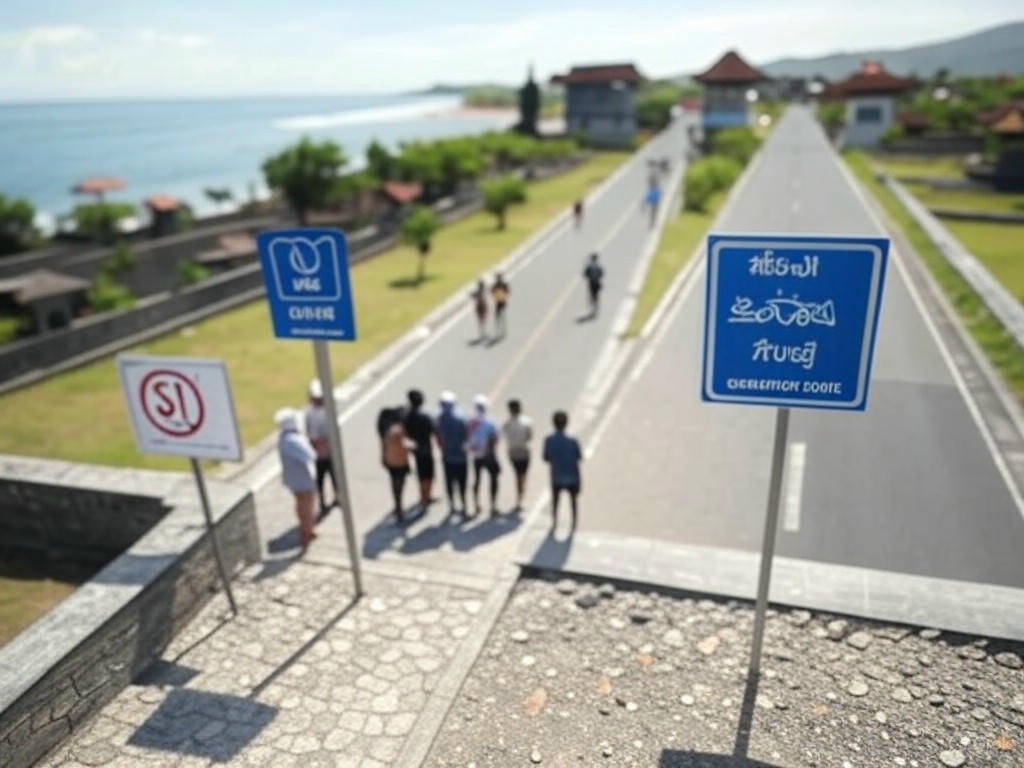Bali, Indonesia - In a region where the beauty of the sea meets the potential danger of natural disasters, the island of Bali is taking significant steps to enhance community preparedness for tsunamis. With the support of local government and non-governmental organizations (NGOs), efforts are being made to educate and train communities in tsunami safety and evacuation procedures.
The serene beaches of Bali, a popular destination for tourists worldwide, are not immune to the threat of tsunamis. Recognizing this, the local government has partnered with NGOs to implement comprehensive preparedness programs. These initiatives focus on education, regular drills, and the development of clear evacuation routes to ensure the safety of both residents and visitors.
Education and Awareness
Education is at the forefront of Bali's tsunami preparedness strategy. Schools and community centers across the island are integrating tsunami education into their curricula, teaching children and adults alike about the signs of a tsunami, what to do in the event of one, and the importance of quick and orderly evacuation.

Drills and Evacuation Routes
Regular drills are conducted to ensure that the community knows how to respond effectively during a tsunami. These drills simulate the real-life scenario of a tsunami warning, guiding participants through the process of evacuating to designated safe zones. The local government has worked diligently to establish clear evacuation routes, marked with signs and maps, to facilitate a swift and safe exit from danger zones.
Collaboration with NGOs
NGOs play a crucial role in supporting these efforts. They provide resources, expertise, and additional manpower to help organize and conduct educational programs and drills. Their involvement has been instrumental in raising awareness and ensuring that the community is well-prepared to face a tsunami.
Safety Measures and Future Plans
Safety is the ultimate goal of these preparedness initiatives. The local government continues to assess and improve its tsunami response plans, incorporating feedback from drills and community input. Looking ahead, there are plans to expand educational programs, enhance evacuation infrastructure, and strengthen collaboration with NGOs to further bolster Bali's resilience against tsunamis.

As Bali continues to develop its community preparedness for tsunamis, the focus remains on education, drills, and safety. With the combined efforts of the local government and NGOs, the island is taking proactive steps to protect its residents and visitors from the potential devastation of a tsunami.